How Does Social Media Contribute To Bullying? (Parents need to know)
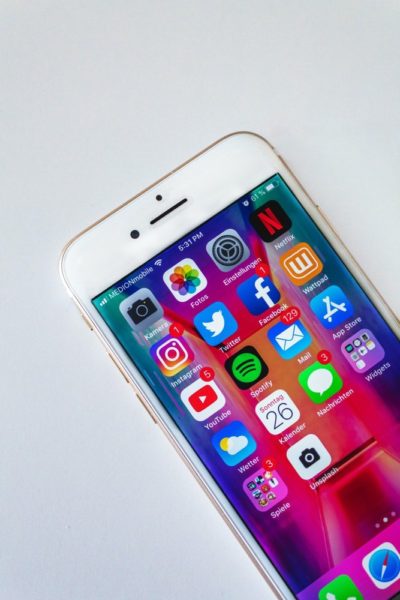

By Antoine G Larosiliere
Most of us are aware of the impact cyberbullying can have, but how does social media contribute to bullying?
With all the suicides and school shootings that’s associated with abuse and harassment on the internet; I needed to know how does social media contribute to bullying? With such popularity and high use of social media apps today, you’re probably just as concerned as I am. I did some research and you’ll be amazed at what I discovered. Since 94% of young people have access to social media, it has become the main platform used in cyberbullying. It’s used to send nasty profile comments, and private messages. It’s used to exclude and expose people, while cyberstalking others. It’s used for trickery; whether it’s in the form of cat-fishing or, fake profiles used to impersonate you by posting inappropriate content in your name. It’s used for spreading rumors, gossiping or trolling people to provoke a response.
“people spend an average of 2 hours and 24 minutes per day across an average of 8 social networks and messaging apps.”
Teens social media usage
Social media’s popularity is growing at an astronomical rate. Now, most of the world has social media. Most social media sites and apps require you to be at least 13 years of age, but unfortunately that is rarely enforced. One research shows “94% of young people have access to the use of social media on a daily basis and 71% of young people have multiple social media accounts.” According to the global social media research summary of July 2020, people spend an average of 2 hours and 24 minutes per day across an average of 8 social networks and messaging apps. Now that we have a clear picture of how much social media is being used to interact with, what exactly does this interaction look like?
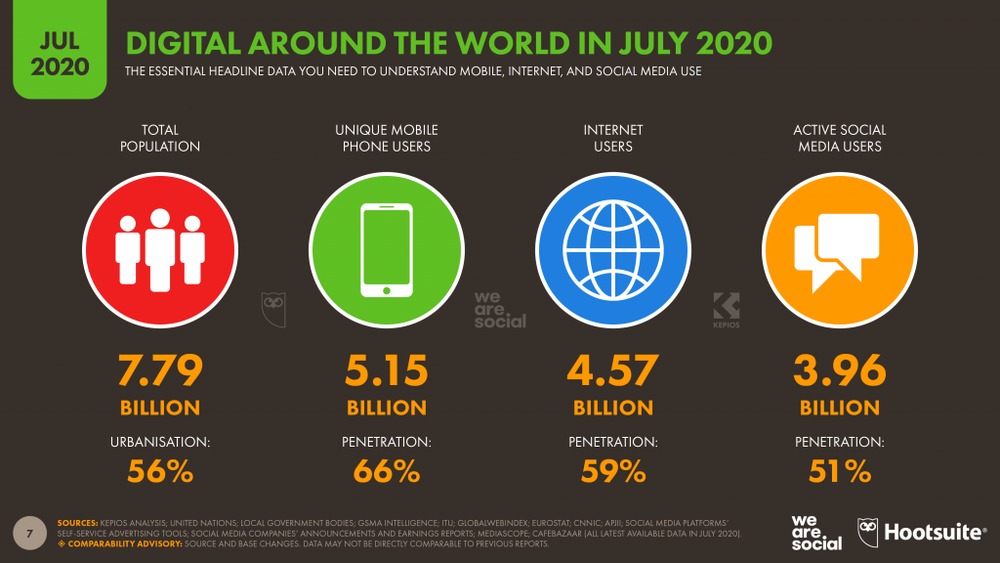
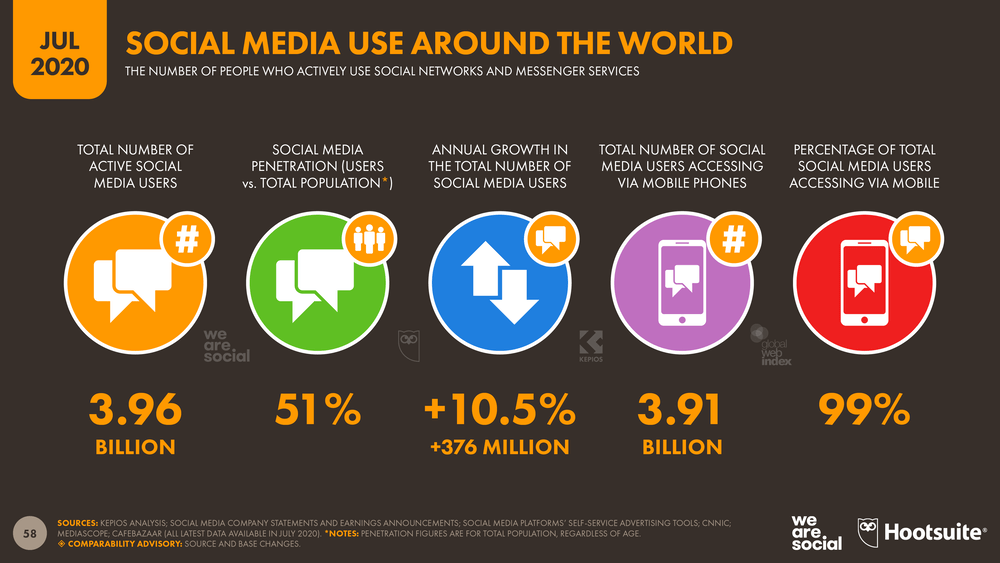
How is social media being used for cyberbullying?
For the most part, most of us use social media responsibly? On the other hand there are those who rather use it to harass and perpetuate abuse. In a survey by Ditch the Label, 47% of young people who took the survey have received nasty profile comments and 62% have been sent nasty private messages via smartphone apps. Social media can be used to bully in a variety of ways. Some of those ways include.
Harassment: Abusive or threatening messages sent through social media apps.
Exclusion: Deliberately leaving out someone by not tagging them or excluding them group posts, or direct messages on social media.
Outing/Exposure: The deliberate act to publicly humiliate someone through social media by postings sensitive, private or embarrassing information without consent.
Cyberstalking: making threats to endanger someone’s physical wellbeing or safety and also trying to contact and meet for sexual purposes.
Fraping: When someone logs into your social media account and impersonates you by posting inappropriate content in your name.
Fake Profiles: When someone creates a fake profile to harass, stalk, or out someone.
Trickery: The act of befriending someone so that they reveal secrets or embarrassing information that the bully then shares publicly on social media.
Trolling: The deliberate act of provoking a response through the use of insults or foul language on social media sites.
Cat-fishing: When another person steals your online identity, usually photos, and re-creates social media profiles to deceive others.
Denigration and isolation: Using social media to spread rumors and other forms of gossiping.
Which platform is mostly used?
When I say social media I’m referring to websites and apps that users can use to create online communities to share information, ideas, personal messages, and other forms of content. Obviously some will be more popular than others, and the more popular ones will also be likely to have more evidence of bullying. A study by McAfee, found that 87% of teens have observed cyberbullying. According to the Pew Research Center, as of 2019 YouTube and Facebook are the most-widely used social media platforms; with the numbers showing…
- 73% are on YouTube
- 69% are on Facebook
- 37% are on Instagram
- 28% are on pinterest
- 27% are on LinkedIn
- 24% are on Snapchat
- 22% are on Twitter
- 20% are on WhatsApp
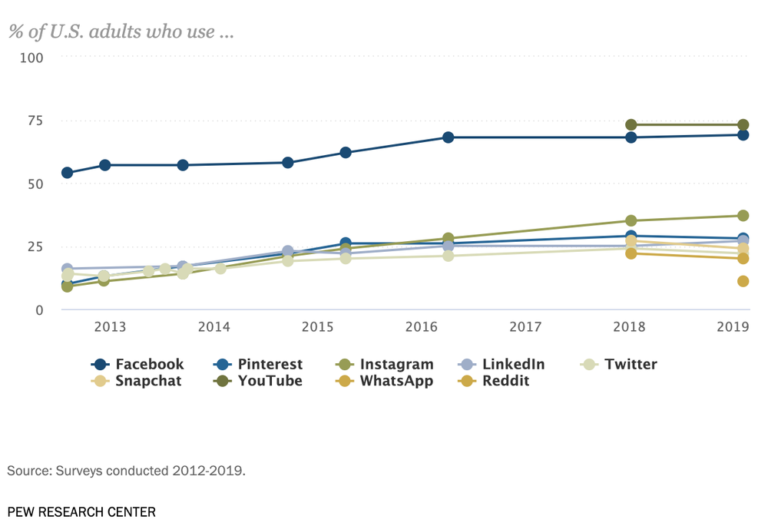
Unreported and Ignored
Imagine being hurt, then you communicate that you’ve been hurt to someone and they either fail to report it or ignore it entirely? According to the Pew Research Center, “95% of social media-using teens who have witnessed cruel behavior on social networking sites say they have seen others ignoring the mean behavior; 55% witness this frequently.” Another national bullying survey, shows 91% of people who reported cyber bullying said that no action was taken. This can be disheartening to users, leaving them feeling vulnerable.One research showed 21 percent of students said adults at school discuss cyberbullying with the students, but don’t try to prevent it. According to The Annual Bullying Survey 2017, Ditch the Label – UK Study, “71% of participants said that social media platforms do not do enough to prevent cyberbullying.”
What can be done?
The first thing you should do if you’re being bullied or harassed through social media is to read and get a copy of the terms and conditions which have been violated. Then take a screenshot of the comment or photo as evidence of the bullying and harassment and email your social media platform. This will encourage these platforms to take action since you have shown them their obligation to investigate and take the appropriate
next steps.
Facebook: Most people have a facebook account, so it’s a platform where a lot of bullying occurs. To report bullying on facebook…
–Use the report links which appear near the content.
–Use the drop down arrow which gives you a menu option to report the image, post or comment.
Twitter: If you receive a tweet or reply on twitter that you don’t like, you can…
–Unfollow that person.
–If they continue to contact you, block the user (just click on the head icon on their profile and select block user).
–If you continue to receive unwanted replies, abuse or threats, you can report it straight to Twitter directly.
–Use advice twitter pages that can help with step by step help.
–You can protect your tweets so that people can only follow you if you approve them first. Do this by going into the ‘settings menu’ then ‘security and privacy’ and ticking the box for ‘protect my tweets’
YouTube: If you’re being subjected to bullying and harassment on YouTube or to flag a video you think is inappropriate you can…
–Click on the little flag bottom to the right of the video, and YouTube will take a look at it to see whether it breaks their terms of use.
–If it violates their term of use, they will remove it. “YouTube rules say you can’t upload videos with hate content, nudity or graphic violence and if you find one on someone else’s space, click on the video to flag it as inappropriate.”
–If you are being bullied, harassed or threats are being made under comments, YouTube has a reporting tool page where you can report the bullying.
Instagram: Bullying or abuse on Instagram can happen with comments, fake profiles, or even hacking accounts.
–Block and unfollow the person who is being abusive.
–If it continues, use their in-app reporting tool.
Snapchat: Bullying on Snapchat usually comes in the form of screenshots, sending pics without permission, negative comments and more.
–Block a user, tap the Menu icon, select “My Friends,” locate their name in the list and swipe right across their name.
–If you would like to delete a friend from your contacts, press “Delete.”
–If you were sent an inappropriate message or photo, report it by filling out their online form.
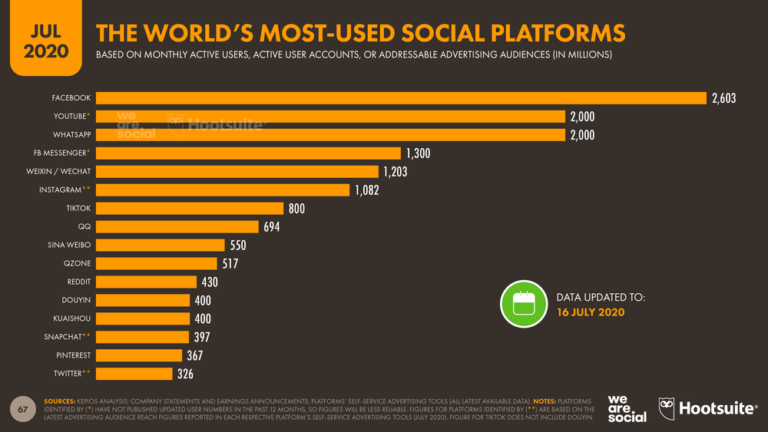
Closing your account
Facebook: To close your account on facebook…
–Go to the “settings” tab on the Account page. That will remove your profile and content and nobody will be able to see your details or search for you. But if you decide to reinstate the account later then the whole lot will be restored, including your friends and photos.
–If you would like to permanently delete your Facebook account, log in to your account, click ‘Privacy and Settings’, ‘See More Settings’ and select ‘Delete my account’. Once you have confirmed your wish to delete your Facebook account it can take up to fourteen days for it to happen.
Twitter: To deactivate your twitter account…
–Go to the settings tab on your profile, you will see ‘deactivate my account’ at the bottom.
–Click on this to delete your account. You have 30 days to change your mind otherwise your profile, all of your tweets and data will be permanently deleted.
YouTube: To delete your YouTube account…
–Click on “My Account” in the top right hand corner and under “Account Settings” click on “Delete Account”.
–Give the reason you’re quitting the site and your password and then click “Delete My Account”.
–Log out by clicking the link in the top right hand corner. Your videos will be removed from the site immediately and the thumbnails will disappear as soon as YouTube is updated. Your profile is removed permanently.
Snapchat: To delete your Snapchat, go to your Snapchat account and …
–Login and tap the Settings icon in the upper right corner.
–Navigate to Support and then Learning the Basics and then click on delete an account.
Instagram: To temporarily disable your account from within the Instagram app…
–Log into your Instagram account.
–Click your username in the top right and then select Edit Profile.
–Click temporarily disable my account in the bottom right and follow the on-screen instructions.
–To delete your account permanently, go to the Delete Your Account page.
–If you’re not logged into Instagram on the web, you’ll be asked to log in first.
–Select an option from the drop-down menu next to Why are you deleting your account? And re-enter your password.
The option to permanently delete your account will only appear after you’ve selected a reason from the menu.
–Click or tap permanently delete my account.
The global world uses social media to connect with one another, get news content, and entertain each other. Bullying through social media sometimes is even worse, it follows you everywhere and at times there is no respite. I hope this has been helpful. For more insight to these topics, visit my YouTube channel as well.
Spread the word!
The Bully Experience "Daniel's Story"

Sign up for our newsletter and Read the novel For Free!
Stay updated. Sign up for our newsletter, and get the first two chapters of The Bully Experience Daniel’s Story absolutely free.